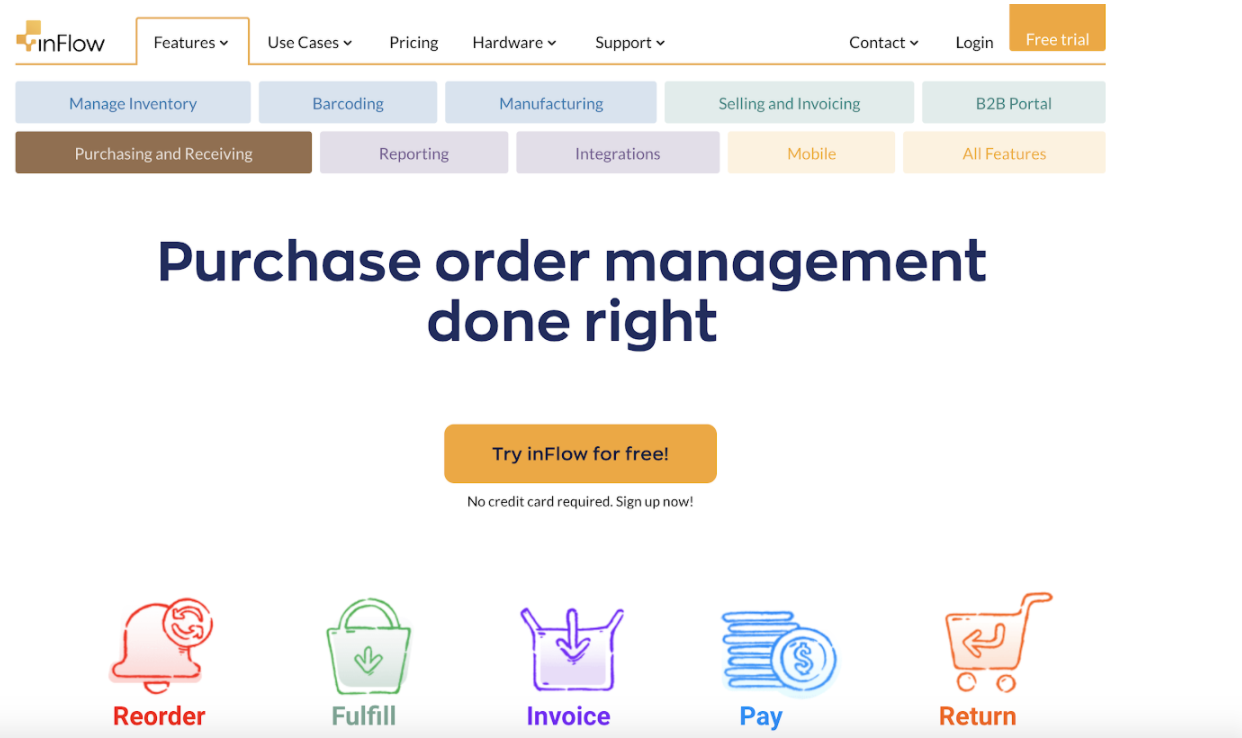There’s no shortage of options when it comes to automating business processes. Integration tools like Zapier and Unito are making automation easy and inexpensive – especially when compared to the effort of building brand new features into an existing software product.
There’s also no shortage of reasons for automation. Manual operations are prone to errors and can soak up time that’s better spent on tasks that have to be performed by a human.
It’s easy to get excited by new technology, especially if it saves you time and effort. But, as the automation trend continues to gather momentum, we should ask ourselves whether it’s always necessary. Keeping certain processes in the hands of a person could save you time and money. More importantly, there are still going to be tasks that a human is just going to be better at than a software feature.
In this article, we’ll take a look at the rewards of business process automation while keeping an eye on the importance of human touch.
The Benefits of Automation
It Improves Service Quality
An automated business process is less prone to administrative errors. Software bugs aside, the chance of a customer receiving the wrong item or not being aware that a delivery is on its way is much smaller than if the order was managed with pen and paper.
In the B2C world, process automation makes customer satisfaction far more likely. Let’s continue with the case described above and take ZenMaid as an example. This scheduling tool helps owners of cleaning services to receive online bookings and allocate their resources in a very hands-off way. There’s a huge amount of operational effort involved in receiving orders, finding an available resource, assigning the work to them, and ensuring they know where to be at what time.

This is a business model that calls out for intelligent automation. In their case, automation is limited to ensuring that maids know that they’ve been assigned a booking and that customers know when to expect them. Automated notifications play a crucial role in Zenmaid’s operations.
There are no more double-bookings, no more customers waiting for their cleaner on a wrong day, and no more cleaners going to the incorrect address.
It Safeguards Revenue Streams
A stable, repeatable, automated business process often ensures that earnings are maximized. In the online retail world, automated repricing is a great example of this. Manually ensuring that your goods are always selling at a competitive price while maintaining a decent profit margin is an incredibly arduous task.
A stable revenue stream also depends on effective inventory management. Receiving orders for products that aren’t in stock not only costs you sales but also damages your reputation.
Retailers have long been monitoring stock automatically with their point-of-sale devices and software. But in the last few years, as small e-commerce companies have exploded onto the scene, there’s been a huge need for affordable software offering this feature.
Enter companies like InFlow, who offer solutions that not only track stock levels but also automate the reordering process. Retailers no longer have to deal with the hassle of manually filling out purchase orders and interacting with their suppliers. Nor do they have to wait for a visual trigger to know when to order new stock, as stock data thresholds will ensure this happens automatically.

In an industry where profit margins are razor-thin and sales volume plays such an important role, automated stock pricing and order are critical to success.
It Saves Time
By definition, automation is about saving time. And as the old saying goes, time is money. You pay for every hour that your staff spends on an administrative task that could be done by a scalable, repeatable software feature.
Marketing companies often need their resources to collaborate on media files. Images, videos, and presentations are all examples of assets that need to be accessed and edited by several stakeholders. Even clients sometimes need access to these assets. On top of that, some marketing campaigns can include hundreds of images – sometimes several versions of each. To ensure these visuals don’t end up falling through a digital crack, you absolutely have to rely on intelligent categorization.
As has become the norm, FileCamp uses a non-hierarchical method of “describing” their files in a way that makes them easy to find. Using tags, users can freely associate certain keywords to each image that’s uploaded into their online library.

Furthermore, FileCamp offers a new feature to its users: automated tagging. Sophisticated AI is able to scan any image and suggest a set of keywords that best describe it. When working with hundreds of images, this feature has the power to save a designer or account manager many hours better spent on tasks befitting their role.
It Increases a Company’s Valuation
One of the lesser-known drivers that business brokers look at when estimating a company’s value is how stable and repeatable its operational processes are.
Automated business processes are easy to hand over to a new owner, making the prospect more valuable in the broker’s and buyer’s eyes.
FE International’s excellent post on business valuation makes mention of this in several places. When valuing a business, the following questions all relate to automation:
- How replicable is the business’ cost structure under new ownership and with new staff?
- Are marketing processes transferable to the new owners?
- Can the existing marketing and sales funnel be maintained?
- Will the business generate passive income, or is the new owner simply buying themselves a job?
Whether or not you’re deliberately building your business for an exit, it makes sense to follow practices that increase its value. You never know if a change in personal priorities will make you consider putting it on the market.
The Limitations of Automation
Automation Can’t Improve a Broken Process
If a process is fundamentally flawed, automation won’t save it. Having a software feature take care of a task that used to be done by a human is all about preventing errors and saving time. Neither of these benefits speaks to the feasibility of the process itself.
Before considering automating any existing process component, critically analyze the feasibility of the entire process. You’re far better off spending time and money replacing a broken process with a new one than making a broken one more effective at causing problems in your business operations.
Even an Automated Process Relies on a Motivated Workforce
If there’s little appetite for adopting new technology among your staff, automation may cause more problems than it solves. A change in one of your core business processes might push some of your employees out of their comfort zones.
Faced with a new way of working, some will thrive, while others may push back. In the case of the latter, productivity and company morale may suffer.
While this should never be a reason not to automate a particular process, bear in mind that preparation and training will be necessary. Communicate to your staff that you understand that this may be a difficult period of transition for them.
Show sensitivity to their concerns. Illustrate how the new process will, ultimately, make their lives easier. Provide active support during the transition period. These tactics will go a long way to minimizing adoption issues.
Bespoke Automation or Third-Party Integration?
When automating a particular task, is it better to build a new feature into your software or integrate a third-party solution?
There’s no way to answer this question. The only thing we can do is point out how important it is to ask it. When considering each option, especially the latter, thoroughly investigate each option’s benefits and drawbacks.
Don’t be convinced by sales-speak. While many integrated solutions will be able to solve key problems, know exactly what you’re buying. Do you need all the features it offers? Does it offer all the features you need? How will it scale with your business, both from a cost and technical perspective?
Cover all of your bases when making this decision. A couple of extra days spent analyzing your options could save you massive headaches further down the road.
In Closing
Process automation will only become more effective and widespread – and that’s a really good thing! Businesses should always be on the lookout for ways to be more effective and eliminate human errors. But the holy grail of operational effectiveness lies in finding the balance between automation and human intervention.
Whenever I write about this topic, I think about a quote from Jason VandeBoom. He may be the founder of Active Campaign and an industry leader in sales automation, but he still advocates that it be done with the support of a human brain.
“Done well,” he told INC, “automation is about bringing two humans together at the exact moment personal touch is needed.”
Certainly, words to keep in mind as you consider where next to let a program make a decision for your business.


